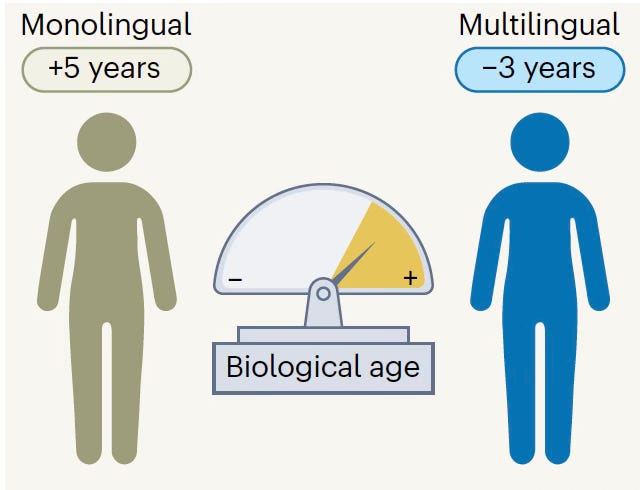Increased demand from data centers is straining our electricity grid and driving up costs for everyone
Households can be the hero of this story
The connection between peak demand and electricity prices
The electrical grid is built with enough capacity to accommodate peak demand, which is the maximum amount of power used simultaneously by customers on the grid. This typically occurs on the hottest summer afternoon or coldest winter morning. Most of the year, we have excess grid capacity: meaning the total electricity we need is lower than the maximum electricity the grid can generate and distribute. However, if electricity demand at peak hours increases and exceeds the grid capacity, we need new infrastructure to avoid power outages and blackouts.
Infrastructure costs include the costs to build and maintain the poles, wires, and we need to support peak demand. Customers are on the hook for paying off the cost of adding those new power plants or electrical poles to prepare for peak demand, all year round.9 These fixed costs get passed down to us regardless of how much energy we use, through the electricity rate that we pay on our bills.
Therefore, one way to minimize infrastructure costs is to reduce peak demand, which is equivalent to creating capacity on the grid. The household upgrades described in this report achieve that by either directly reducing electricity demand during peak times with more efficient electric appliances, or by generating electricity from solar panels and storing it in batteries to be discharged during peak periods, so that it doesn’t have to be supplied by the grid.
Hyperscalers could meet one third of their projected additional capacity needs by paying for heat pumps in select households that currently use inefficient electric heating, cooling, and water heating, thereby creating capacity on the grid from a subset of households.
Hyperscalers could more than meet their total planned capacity needs by paying for battery storage as well as rooftop solar for homes well suited for it. This will create new generation capacity on the grid.
Hyperscalers’ immediate investments in these solutions will forge the technological and economic pathways that transform America’s entire energy system. What starts as an urgent solution to AI’s power hunger becomes the foundation for an all-electric economy — efficient, resilient, affordable for households, and perfectly suited to position the U.S. as a global leader in the industries that will define this century.
Texas expects to see 17 GW of data center demand growth over the next five years, almost a fifth of all new national data center demand. But by upgrading the 4.5 million households in the state that use central air conditioners to heat pumps, we can create 3.9 GW of capacity on the grid, about 23 percent of the expected new data center capacity needs in the state.
Georgia is projected to have 6.7 GW of new demand from data centers over the next five years. By upgrading the almost half a million homes in the state that use inefficient electric resistance heating to heat pumps, we could unlock 1.5 GW of capacity, about 22 percent of the projected capacity needs.
In Pennsylvania, data centers will add about 3 GW of new demand to the grid, and we have the opportunity to reduce current residential peaks by about 1.3 GW, or 45 percent of new demand, just by upgrading inefficient electric resistance heating to heat pumps.

Take Action!
Want to know watt’s up? Get the latest from Rewiring America and sign up!
By sharing your email, you agree to receive updates from Rewiring America. We’ll store and protect your data in accordance with our privacy policy.
In Texas, alongside the 3.9 GW of capacity created by upgrading central air conditioners to heat pumps, solar and storage could unlock another 10 GW of capacity. That means these residential solutions alone would total about 80 percent of projected new data center demand in the state.
In Georgia, if we can unlock 1.5 GW of peak demand capacity by upgrading inefficient electric resistance heating to heat pumps, rooftop solar and storage could provide an additional 5.4 GW of peak demand capacity. This would total more than the 6.7 GW of new demand from data centers over the next five years.
Finally, in Pennsylvania, in addition to the 1.3 GW of capacity created by upgrading electric resistance heating to heat pumps, solar and storage can offer another 3.2 GW of capacity. This will total more than 150 percent of the expected 3 GW in new data center demand.


Charging electric vehicles at off-peak times, which has already driven down electricity prices by increasing the amount of electricity we use without increasing peak demand, thereby spreading grid costs over more kilowatt-hours of electricity.24

Load shifting, or rescheduling electricity use from high-demand (peak) periods to
low-demand (off-peak) times, which can also improve grid efficiency and drive down electricity prices.

Curtailment, or turning off less essential loads during peak periods or emergencies, which can limit growth in peak demand.

Installing more power-efficient appliances, like heat pump water heaters that plug into a standard 120-volt wall outlet, which can limit growth in peak demand.
Invest in households first
Watt’s up?
Want more electrifying content in your inbox? Sign up here!
By sharing your email, you agree to receive updates from Rewiring America. We’ll store and protect your data in accordance with our privacy policy.
.png)




